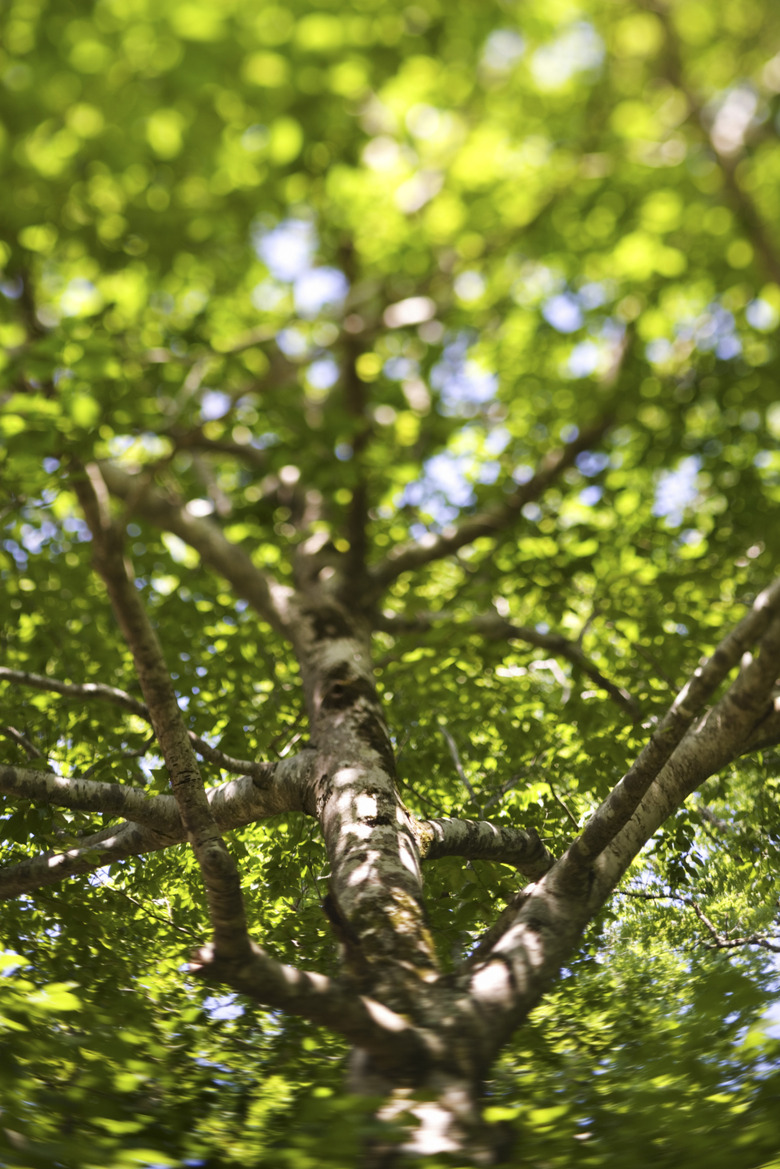My Tree Is Oozing Foam
No tree is immune to infection. Pathogens often target injured trees or those stressed by improper cultural conditions. Once inside, tree pathogens like bacterial wetwood can live indefinitely. Other diseases come and go quickly, like alcoholic flux. Both diseases cause white, foamy exudate that can be troubling to homeowners.
Bacterial Wetwood
Also called slime flux, the offending causal bacterium enters trees through wounds and colonizes the heart and sapwood of the tree. Bacteria and other microorganisms cause the sap to ferment and become frothy, and it may even smell like alcohol as it oozes from the trunk. This ooze dries as a gray or white crust on the bark. Long periods of infection may stunt growth and cause yellow foliage. Infected trees rarely die.
- No tree is immune to infection.
- Once inside, tree pathogens like bacterial wetwood can live indefinitely.
Bacterial Wetwood Control
There is no cure for this disease, but cultural practices can help extend the life of your tree. Fertilize in the spring with a balanced fertilizer and irrigate regularly to avoid stressing your tree. Contact you local university extension office for water and fertilizer recommendations specific to your tree and your area. Prune dead or injured branches regularly and avoid injuring your tree with lawn mowers, weed eaters or other garden tools.
Alcoholic Flux
Alcoholic flux is not related to bacterial wetwood, although the two disease can be mistaken for each other. Microorganisms invade the tree through cracks and feed on sap in tree bark and in the layer of wood just under the bark. As they, feed they ferment the sap, causing gas to build up. The gas pressure pushes the frothy, fermenting sap through the bark in small bubbles.
- There is no cure for this disease, but cultural practices can help extend the life of your tree.
- Fertilize in the spring with a balanced fertilizer and irrigate regularly to avoid stressing your tree.
Alcoholic Flux Control
This condition is not damaging to the tree but is an indicator of heat stress. Ensure you are providing your tree with the proper amount of irrigation for its size, age and type. Irrigation is just as important in the winter as it is in the summer. Trees starved of water in the winter begin the growing season stressed and are more susceptible to disease. Contact your local county extension office for advice regarding irrigating your specific tree to help it thrive in your area's climate.
